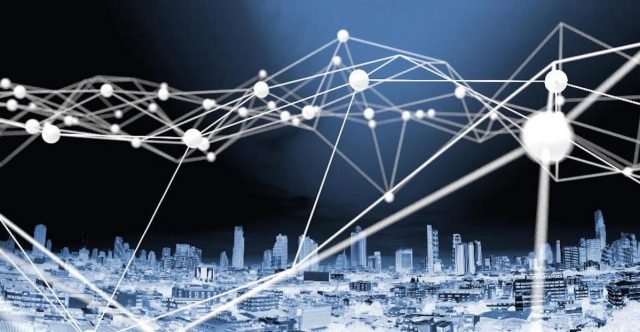
Blockchain is attracting more and more attention, and even centralized structures like banks and governments are starting to get interested in how to use this technology.
However, there is another term — distributed registry technology, or TRR. Ironically, the most interest in TRR is shown by the organizations that bitcoin and blockchain wanted to replace — banks, governments and large corporations.
Recently, the Bank of England announced that using blockchain and TRR wants to breathe new life into its instant gross payments (RTGS) system. The terms "blockchain" and "distributed registry technology" do not mean the same thing here, and it is important to understand the difference. Let's see.
Distributed registry technology
Distributed registry technology is, as the name suggests, a database that is not stored and validated in a single location. Sounds like a blockchain, doesn't it? But it's not.
In TRR, the registry Creator has more control over how the registry is used than the blockchain. It can dictate how the network will be structured, what its objectives will be and how it will function. Doesn't sound too decentralized, does it?
From a technical point of view, TRR is decentralized and based on the same principles of consensus as blockchain. However, a situation in which one governing body controls what is supposedly a decentralized network is contrary to the principles of decentralization — at least ideologically.
TRR can be considered as the first step on the way to the blockchain, but important difference in the fact that in the distributed registry is not necessarily formed of the block chain. Rather, such a registry is stored on a variety of servers that will interact with each other to ensure that all transactions are recorded as accurately and in a timely manner as possible.
Among the companies that chose RTR to the blockchain, you can call Google. Recently, the company entered into a partnership agreement with Digital Asset on the implementation of TRR in its cloud services. Volkswagen also announced a collaboration with IOTA "as part of the experiment on the use of distributed registry technology".
Blockchain
On the other hand, we have the blockchain. Blockchain is a form of distributed register with specific technical content. As we all know, the blockchain creates an immutable registry, managed by a decentralized network, where all records are approved by consensus.
Blockchain differs from TRR in the presence of cryptographic signatures and the fact that related groups of records form a chain of blocks. In addition, depending on the purpose of a particular blockchain, the community and users can decide what structure it will have and how it will be managed.
A classic example of blockchain and decentralization is bitcoin (Bitcoin). It has decentralized not only technology and structure, but also an organization with management. TRR is decentralized only in technology, but the corporate body — not necessarily.
TRR and blockchain are not the same thing
It is important to understand that these terms mean different things, even if sometimes they are used as synonyms. Organizations such as the Bank of England prefer to talk about TRR in order to distance themselves from the hype and volatility associated with blockchain and cryptocurrency based on it. On the other hand, some corporations use the fashionable word "blockchain" for marketing purposes, even if they actually offer something else.
Congratulations @realmedvedev! You have completed the following achievement on Steemit and have been rewarded with new badge(s) :
Click on the badge to view your Board of Honor.
If you no longer want to receive notifications, reply to this comment with the word
STOPTo support your work, I also upvoted your post!